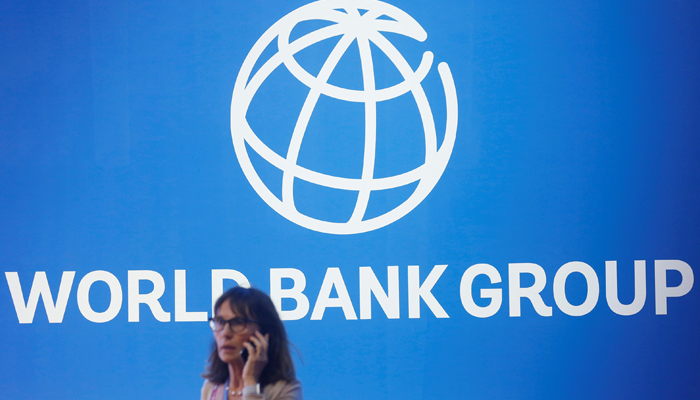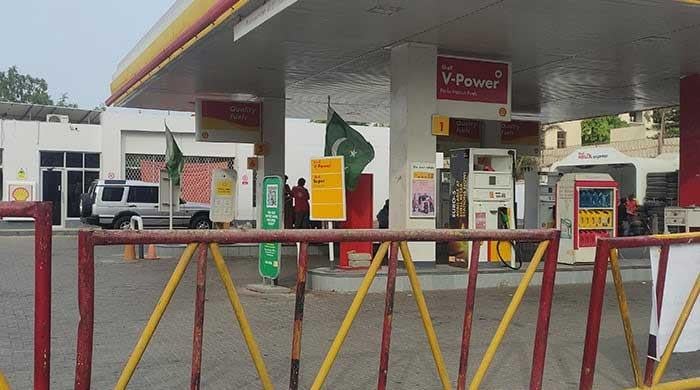World Bank raises South Asia growth forecast to 6.4%, says Pakistan saw quick recovery
World Bank recommends region should boost women's labour force participation
October 10, 2024

- WB revises India's economic growth to 7% year-on-year.
- "You have recoveries from crises in Sri Lanka, in Pakistan."
- Bangladesh's growth forecast downgraded to 4.0%.
The World Bank raised its growth forecast for South Asia to 6.4% in 2024 from an earlier estimate of 6%, citing the strength of domestic demand in India and quicker recoveries in crisis-hit countries such as Sri Lanka and Pakistan.
India's economic growth forecast for the current fiscal year, ending in March 2025, was revised to 7% year-on-year, up from April's estimate of 6.6%, helped by a rebound in agricultural output and increased private consumption.
"You have an emerging class of consumers in India that's driving the economy forward, you have recoveries from crises in Sri Lanka and in Pakistan, you also have a tourism-led recovery in Nepal and Bhutan," Martin Raiser, World Bank Vice President for South Asia, told Reuters.
The upward revision confirms South Asia as the fastest growing emerging economy region monitored by the World Bank. The Washington-based lender projects South Asia will see robust 6.2% growth annually for the following two years.
Raiser said there was "significant upside potential" to growth with greater integration of South Asian countries into the global economy, but countries needed to stick with economic reform programmes to sustain momentum.
On Wednesday, India's central bank maintained its GDP growth forecast at 7.2% for the current fiscal year and shifted its policy stance to neutral.
The World Bank projected Pakistan's economy would grow by 2.8% in the current fiscal year, which started in July, an increase from the previous estimate of 2.3%, aided by a recovery in manufacturing and easing monetary policy.
Sri Lanka, which is clawing its way out of a sovereign debt default and its worst economic crisis in decades, saw the biggest upward revision, with growth expected to come in at 4.4% this year and 3.5% in 2025.
Nepal's growth forecast was raised to 5.1% from 4.6% for the 2024/25 fiscal year beginning mid-July, and Bhutan's to 7.2% from 5.7%.
But Bangladesh's growth forecast was downgraded to 4.0% from 5.7% for the fiscal year 2024/25, spanning from July to June, reflecting a slowdown in garment exports amid recent social unrest.
The World Bank recommended the region should boost women’s labour force participation — currently the lowest globally at 32%. Raising employment among women to levels comparable to those among men could raise output by as much as one-half in the long term, the report said.
"Bringing more women into the labour force could add significantly to the production potential," said Raiser.











